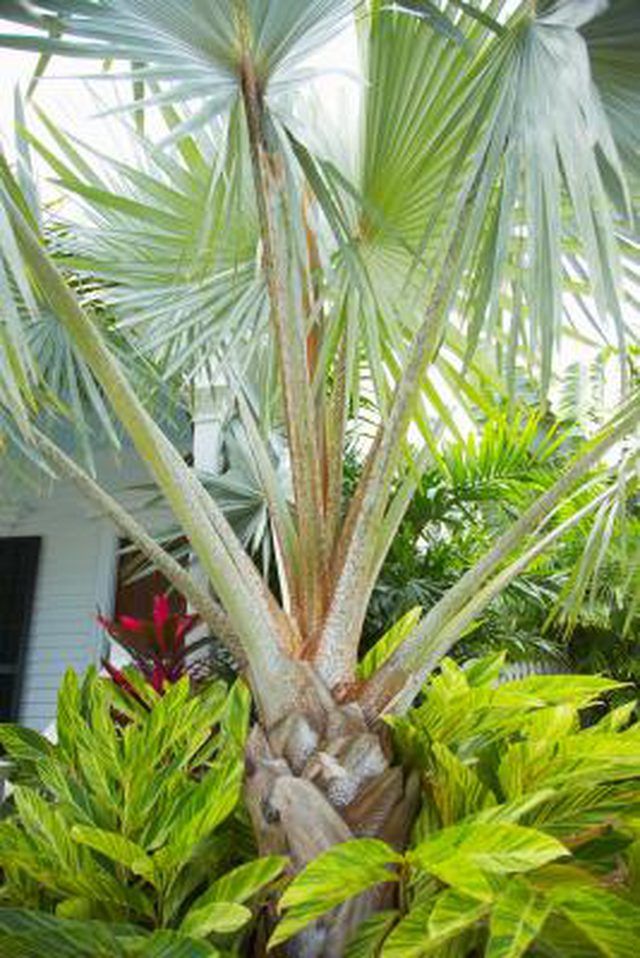Bulbs
Flower Basics
Flower Beds & Specialty Gardens
Flower Garden
Garden Furniture
Garden Gnomes
Garden Seeds
Garden Sheds
Garden Statues
Garden Tools & Supplies
Gardening Basics
Green & Organic
Groundcovers & Vines
Growing Annuals
Growing Basil
Growing Beans
Growing Berries
Growing Blueberries
Growing Cactus
Growing Corn
Growing Cotton
Growing Edibles
Growing Flowers
Growing Garlic
Growing Grapes
Growing Grass
Growing Herbs
Growing Jasmine
Growing Mint
Growing Mushrooms
Orchids
Growing Peanuts
Growing Perennials
Growing Plants
Growing Rosemary
Growing Roses
Growing Strawberries
Growing Sunflowers
Growing Thyme
Growing Tomatoes
Growing Tulips
Growing Vegetables
Herb Basics
Herb Garden
Indoor Growing
Landscaping Basics
Landscaping Patios
Landscaping Plants
Landscaping Shrubs
Landscaping Trees
Landscaping Walks & Pathways
Lawn Basics
Lawn Maintenance
Lawn Mowers
Lawn Ornaments
Lawn Planting
Lawn Tools
Outdoor Growing
Overall Landscape Planning
Pests, Weeds & Problems
Plant Basics
Rock Garden
Rose Garden
Shrubs
Soil
Specialty Gardens
Trees
Vegetable Garden
Yard Maintenance
Facts on Native Florida Palm Trees
Facts on Native Florida Palm Trees. The University of Florida IFAS Extension website reports that Florida has the largest number of native plants that are appropriate for home gardens. Several palm species are among the natives people choose for their landscaping.

The University of Florida IFAS Extension website reports that Florida has the largest number of native plants that are appropriate for home gardens. Several palm species are among the natives people choose for their landscaping.
Cabbage Palm
This large palm tree grows to 90 feet. Its botanical name is Sabal palmetto, and it will grow in almost all soil types, full sun or partial shade. It also tolerates salty soil, making it a good choice for seaside residences. The cabbage palm grows in all regions of Florida.
Florida Royal Palm
This large palm tree grows to 100 feet. Its botanical name is Roystonea elata, and it prefers moist, rich soil, full sun or partial shade. It also tolerates salty conditions, making it a good choice for seaside residences. The Florida royal palm grows in southern and southwestern Florida.
Needle Palm
This small palm tree grows to only 6 feet. Its botanical name is Rhapidophyllum hystrix, and it prefers moist, fertile soil and partial shade. It also tolerates salty conditions. The needle palm grows in central and northern Florida.